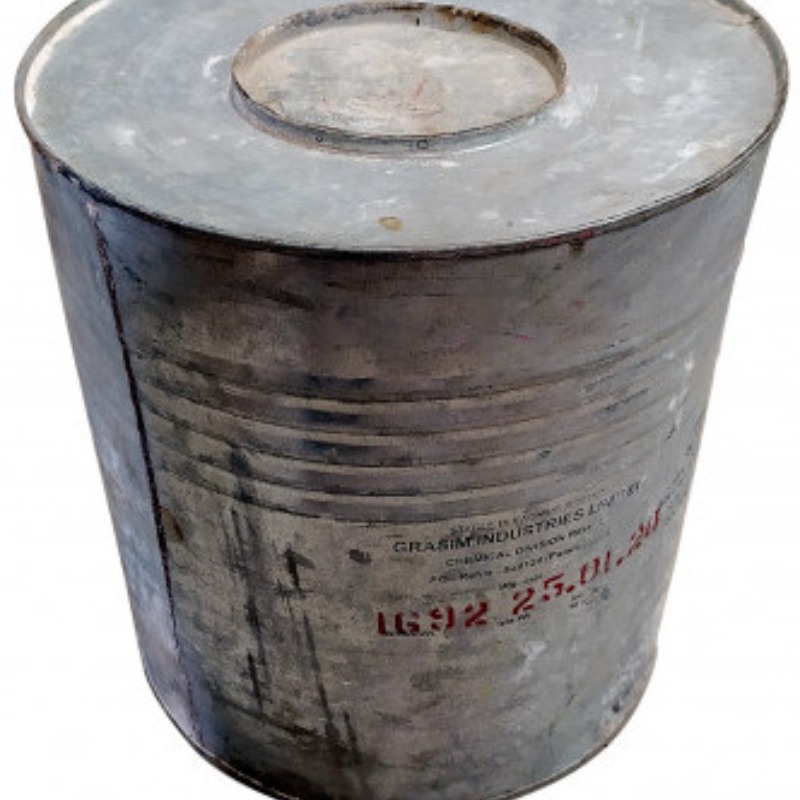
Price :
৳9000
Estimated Shipping Time: 2 Days
Product SKU: w584664vnB
Application for water / bleaching agent / industrial use, 50Kg packaging size.
bleach, solid or liquid chemical used to whiten or remove the natural colour of fibres, yarns, other textiles, and paper. In textile finishing, the bleaching process is used to produce white cloth, to prepare fabrics for other finishes, or to remove discoloration that has occurred in other processes. Bleach is also used as a disinfectant because of its microbicidal properties. Chlorine, sodium hypochlorite, calcium hypochlorite, and hydrogen peroxide are commonly used as bleaches.
| Usage/Application | Bleaching Agent |
| Packaging | 25 Kg HDPE Bag |
| Packaging Type | HDPE Bag |
| Grade | Grade 1 |
| Available Chlorine (min.) | 34% |
| Packaging Size | 25 Kg |
| Applications | Disinfectant, Water Treatment, Textile Mills, Paper Industry, Laundry, Epidemic Control |
| Brand | RealChem |
| Form | Powder |
| Moisture | 0.3% |
| Chlorine | Min 34% |
| CAS Number | 7778-54-3 |
| Odour | Pungent |
| Color | White |
| Minimum Order Quantity | 20000 Kg |
Sunlight was the chief bleaching agent up to the discovery of chlorine in 1774 by Swedish chemist Karl Wilhelm Scheele and the demonstration of its bleaching properties in 1785 by French chemist Claude Berthollet. Bleaching powder, a solid combination of chlorine and slaked lime, introduced in 1799 by Scottish chemist Charles Tennant, was thereafter produced in large quantity to bleach cloth and paper. It had the same effect as chlorine and could be more easily handled and shipped, but it was unstable and contained a large proportion of inert material. It remained the standard bleaching agent until the 1920s, but then it was gradually replaced by liquefied chlorine and solutions of sodium hypochlorite.
In the production of bleaching powder, slaked lime spread on the floors of large rectangular chambers of lead or concrete is exposed to chlorine gas; or lime is propelled through horizontal tubes that are fed with the gas.
Hydrogen peroxide is commonly used to bleach cotton cloth, with sodium chlorite and sodium hypochlorite as alternatives. Wood and animal fibres are bleached by acidic reducing agents such as sulfur dioxide. In the pulp and paper industry chlorine dioxide, hydrogen peroxide, sodium peroxide, sulfur dioxide, sodium bisulfite, and sodium hydrosulfite are commonly used. Synthetic fibres are bleached with either oxidizing or reducing agents, depending on their chemical composition. Optical bleaches, fluorescent white chemicals giving off a bluish-white light, are not true bleaches.
Various bleach solutions are used as disinfectants. For example, dilute (about 5 percent) sodium hypochlorite solutions are used to sanitize food-processing equipment. Stronger solutions, ranging from about 10 to 20 percent bleach, may be used in hospitals, laboratories, and other settings where sanitization against potentially infectious microorganisms is critical.
No Review Found.
echem
473
Total Item
Login To Comment